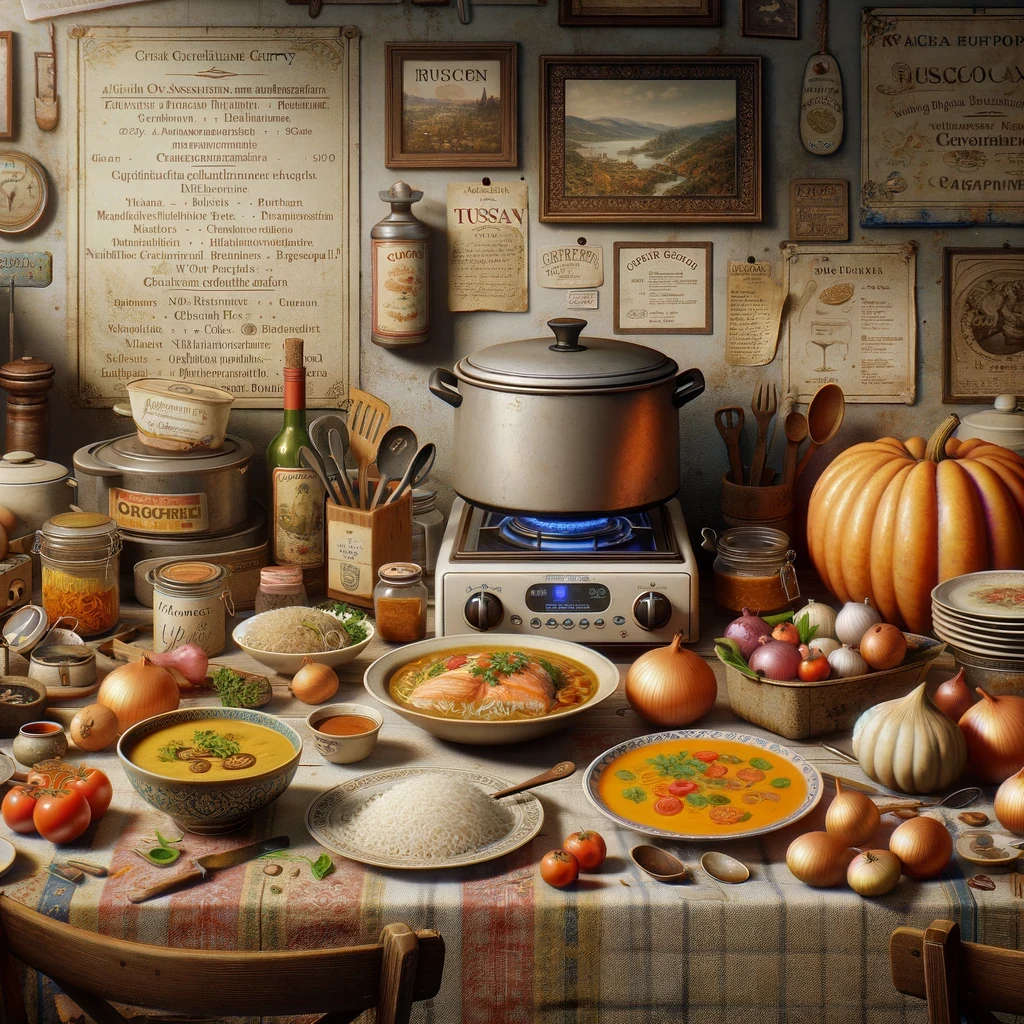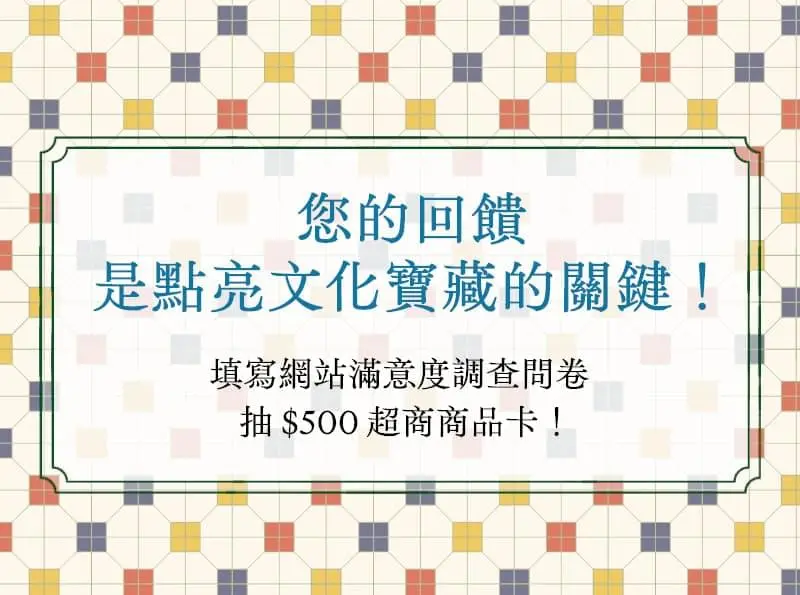接下來從伸展身體到做第一道料理,身體很快就進入了再現場景的模式,想像食物的重量、摸起來的感覺,推推車時感受到的阻力,推車多高?全聯超市的冷氣很冷,以至於一進去就不自覺把衣服掩得更緊。很快走到了生鮮蔬果區,我把高麗菜放了回去,因為這次的料理沒有打算用到;取而代之的拿了洋蔥和南瓜,用來做這次要煮的南瓜濃湯;但突然很想吃咖哩,所以又拿了馬鈴薯,打算之後用。結帳後我發現把購物袋背在肩上有些不舒服,所以改成用手提,讓購物袋順著手低低的方式垂下。回到廚房後開始清洗料理,突然發現不太知道南瓜濃湯的具體做法,既然是濃湯,那應該是把南瓜蒸熟後打碎、加入一些水一起熬煮,然後再點綴一點鮮奶油吧?
最後則是重現一道料理,以及飲用一碗水結束工作坊的環節。在此我猶豫了一下:究竟該重現那道我記憶中印象深刻但不知道食譜的的酸菜鴨肉湯?還是被朋友稱讚但無關其他身份認同和文化記憶的托斯卡尼鮭魚?考量到是要跟別人分享的料理,我還是選擇了上次露營時煮給大家吃的托斯卡尼鮭魚。
最後飲用水時,是用雙手捧著碗的。聽說用手捧著碗的喝水方法是注重過去的人,果然我是個念舊的ENFP人,所有想重現和傳承的飲食,都是與重要的人的回憶有關,喝著那碗涼涼的有薄荷味的水,我不禁有點擔心,如果這些飲食沒有傳承下去,未來的人會不會沒辦法與我有相同的感受?
After all, this is a process of calming down. At first, the speed of stirring the water in the cup was a bit fast, but I didn't want the spoon to touch the sides of the cup and make a clinking sound. Watching the water, I thought of clear soup, imagining this bowl of water as a clear vegetable and pork ribs broth, and suddenly felt a desire to taste it. So I picked up the bowl and took a sip; it was warm. There was no taste of soup, but there was the sensation of soup.
Next, from stretching my body to making the first dish, my body quickly entered the mode of recreating the scene. I imagined the weight of the food, the texture of it in my hands, and the resistance I felt while pushing the cart. How tall was the cart? The air conditioning in the Wellcome supermarket was very cold, making me instinctively pull my clothes tighter as soon as I entered. I quickly walked to the fresh produce section. I put the cabbage back because I didn't plan to use it in this dish; instead, I picked up an onion and a pumpkin to make pumpkin soup. Suddenly, I craved curry, so I grabbed some potatoes for later use. After checking out, I found that carrying the shopping bag on my shoulder was uncomfortable, so I switched to holding it by hand, letting the bag hang low by my side.
Back in the kitchen, I started washing the ingredients, only to realize I wasn't sure of the exact recipe for pumpkin soup. Since it's a creamy soup, I figured I should steam the pumpkin, mash it, add some water, and simmer it all together, then garnish with a bit of fresh cream.
The final part of the workshop involved recreating a dish and drinking a bowl of water. Here, I hesitated: should I recreate the pickled mustard green duck soup that left a deep impression on me, even though I don't know the recipe? Or the Tuscan salmon that my friends praised, despite it not being tied to any cultural memory or identity? Considering it was a dish to share with others, I chose the Tuscan salmon that I cooked for everyone during a camping trip.
When it came time to drink water, I used both hands to hold the bowl. I've heard that drinking water with both hands is a method that emphasizes the past, and indeed, I am a nostalgic ENFP. All the food I want to recreate and pass on is connected to memories with important people. As I drank the cool, mint-flavored water, I couldn't help but worry: if these culinary traditions aren't passed down, will future generations be unable to share the same experiences and feelings as I do?
-
《島嶼未來料理教室》Future Formosa Culinary Lab Profile Nr.053
22-30歲的花蓮縣大部分時候為了控熱量而維持健康與均衡飲食,是為了特別想吃的東西留熱量額度者,平均花費100-200元在餐費上。因為「透過新的食物或感受拓展新味覺的時候!先前與朋友去吃泰式料理,她吃出泰式香米和咖哩中裡有加香蘭飯,瞬間讓我對味道有了不同的認知,是一種『啊!原來我過去一直吃到但不一定注意到的這個味道是香蘭啊』的感覺」而對飲食記憶留下深刻印象。如果世界末日終將來到,會選擇與家中長輩(阿婆)、家人與男友共享這一餐。關於家庭的一道料理,她提到酸菜鴨肉湯或客家鹹湯圓。
"Calorie-Conscious Eater"
Female(22-30 yrs)/ Hualien County / 100-200 NTD per meal
Profound dining impressions were shaped by discovering new flavors through new foods and experiences. She recalled a moment when she and her friends ate Thai cuisine, and she detected pandan in the jasmine rice and curry. This realization gave her a new appreciation for the flavor she had previously overlooked.
If the end of the world were to come, she would choose to share the meal with her grandmother, family, and boyfriend.
As for a family dish, she mentioned pickled cabbage and duck soup or Hakka salty rice dumplings.
-
國立臺灣歷史博物館的第 1 個「公共飲食記憶 NFT 化」實驗計畫《超時空島嶼餐桌》
National Museum of Taiwan History's First NFT Experimental Project on Public Dining Memories《Time-Space Dining Tables》
「國立臺灣歷史博物館」為推動國家文化記憶庫之永續發展,融入當代議題、常民生活及在地關懷,連結博物館專業、數位創新思維與多元社群行動,以促進臺灣原生文化之活化運用,鼓勵全民共同開展記憶庫多元主題與主題素材近用。
本計畫案於112年推出《島嶼庫客 Islands Cooker》飲食記憶系列7支影片,探究臺灣飲食的歷史成因,113年延續「餐桌」的概念,加入「未來」元素,委由畸零地創造股份有限公司辦理《島嶼未來料理教室——NFT設計工作坊》,以記憶庫長期深耕之飲食記憶主題,透過非同質化代幣(Non-Fungible Token,以下簡稱 NFT)設計工作坊,增進記憶庫之內容與應用,落實臺灣原生文化之推廣。
《島嶼未來料理教室——NFT設計工作坊》以「推測設計」為核心,反思記憶料理的獨特性,其之於 NFT的當代意義及其飲食文化價值,並將工作坊延伸設計為「發掘身體飲食記憶,運用想像和推測來創造未來島嶼飲食文化」的參與式體驗活動。工作坊由編舞家與引導師,透過一連串的帶領、想像和對話,挖掘及連結蘊藏身體感知中的飲食記憶,並讓參與者書寫飲食記憶;接著由畸零地工作室與生成式AI 「ChatGPT 4o」協作製作出 「記憶食譜 NFT」及文字翻譯;最後線上場以「圍爐」的概念,讓參與者在雲端上互相分享與交流。
這些飲食記憶透過NFT不可替代、數位交換的特性,被永久保存並流傳,期望每個人都能回首屬於自己的飲食記憶和歷史,經由公共化的途徑與媒介,成為社會記憶的一部份,構築社群認同的可能。
To promote the sustainable development of the Taiwan Cultural Memory Bank, the National Museum of Taiwan History integrates contemporary issues, ordinary life, and local concerns. By combining museum expertise, digital innovation, and diverse community actions, it aims to revitalize and utilize Taiwan's indigenous culture. The museum encourages the public to collaboratively develop and access various themes and materials within the memory bank.
This project launched the "Islands Cooker" series of seven videos on culinary memories in 2023, exploring the historical origins of Taiwanese cuisine. Continuing with the concept of the "dining table" and incorporating "future" elements in 2024, the project entrusted Ground Zero Co., Ltd. to handle the "Islands Future Cuisine Classroom—NFT Design Workshop." By delving into the long-term themes of culinary memories from the Taiwan Cultural Memory Bank and utilizing the Non-Fungible Token (NFT) design workshop, the project aims to enhance the content and application of the memory bank, promoting the dissemination of Taiwan's indigenous culture.
The "Islands Future Cuisine Classroom—NFT Design Workshop" centers on "speculative design," reflecting on the uniqueness of memory cuisine and its contemporary significance and culinary cultural value in relation to NFTs. The workshop is extended into a participatory experiential activity, designed as "discovering culinary memories in body and using imagination and speculation to create future island culinary culture." The workshop, led by choreographers and facilitators, guides participants through a series of activities, including imagination and dialogue, to uncover and connect with culinary memories embedded in their bodily perceptions. Participants then write down their culinary memories. Next, Ground Zero Co., Ltd. collaborates with the generative AI "ChatGPT 4o" to create "Memory Recipe NFTs" and translate the texts. Finally, the online session, based on the concept of "reunion dinner," allows participants to share and exchange their experiences and creations in the cloud.
These culinary memories, preserved and circulated through the non-fungible and digital exchange characteristics of NFTs, are expected to be permanently stored and shared. The goal is for everyone to reflect on their own culinary memories and histories, making them part of societal memory through public pathways and media, thereby fostering a sense of community identity.
※本圖像為AI生成內容
※This image is AI-generated content.












